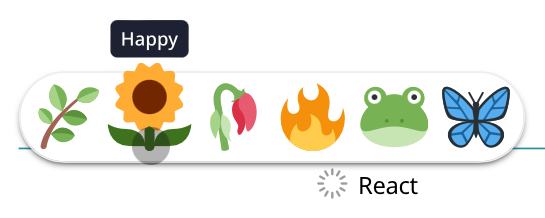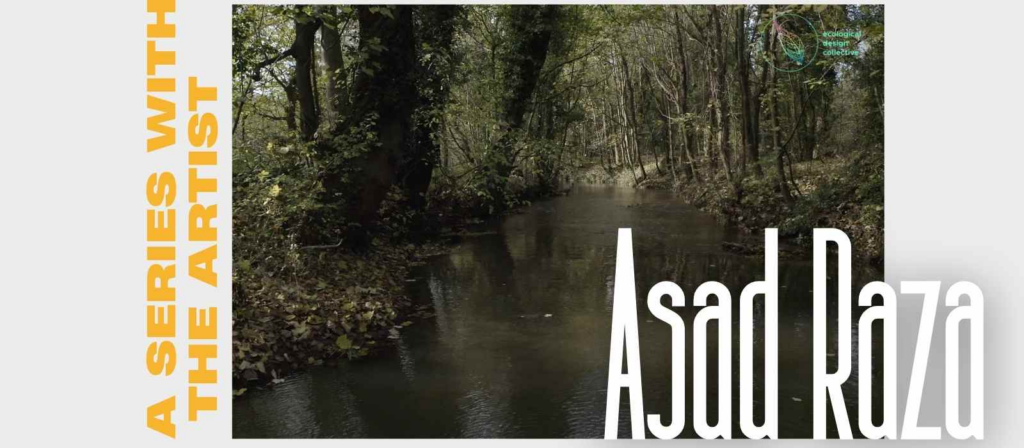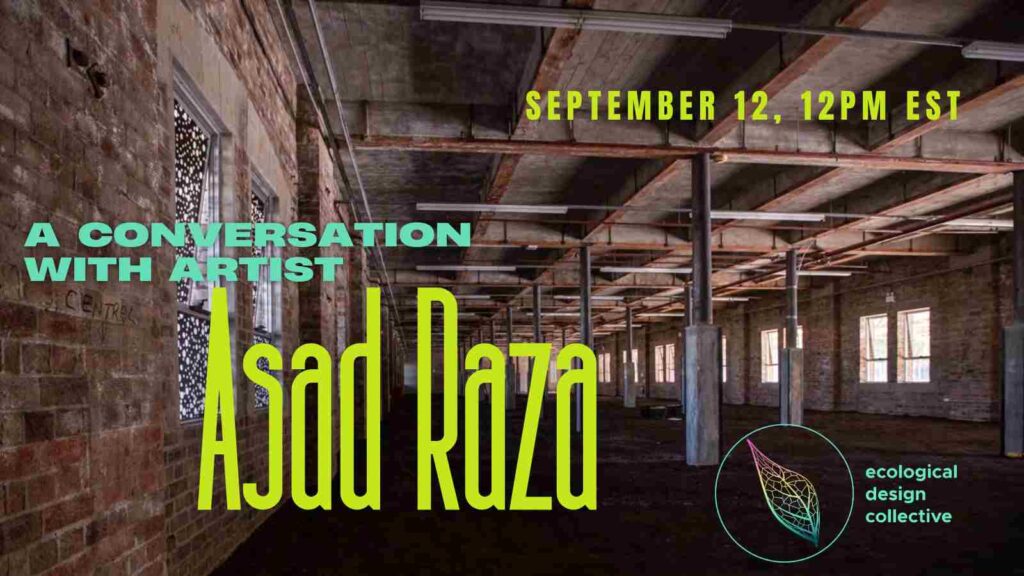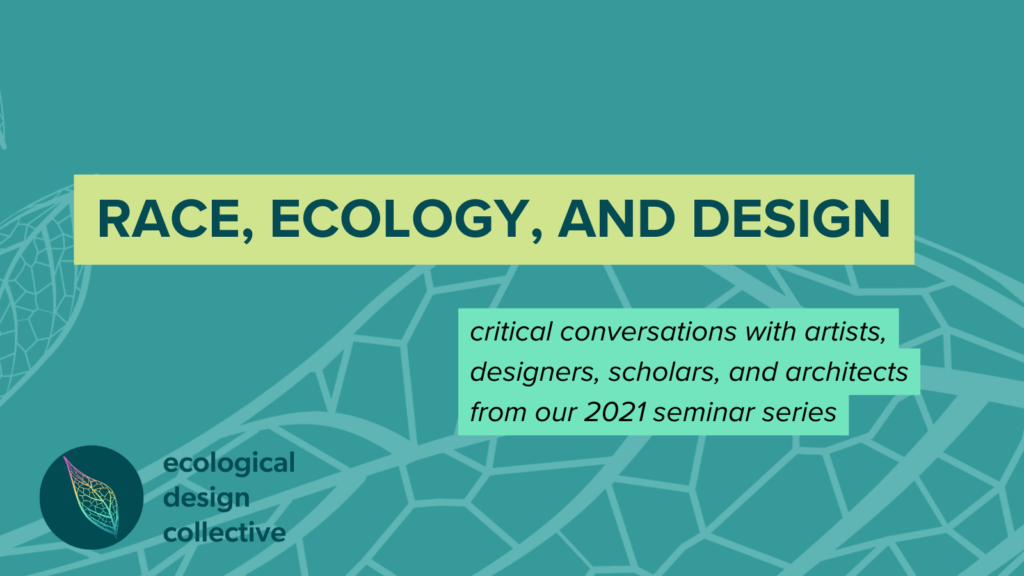
Emoji Evolution
One of the interesting things someone observed about Elon Musk’s re-naming of Twitter to X was that he essentially gave up of a treasure trove of free brand marketing. Like Rollerblade or Kleenex, ‘tweeting’ had become an accepted part of our cultural vocabulary, a word everyone knew and understood. There is something dumb and vaguely feudal about an oligarch who has enough institutional influence to try and snuff out, by fiat, some unobjectionable element of language brought into customary use.
Digital platforms mediate our experience. They provide affordances that give rise to certain experiences and vernaculars—getting ratio’d, trolled, doxxed, or likes. They embolden the anonymous and the over-sharer alike. One of the foundational aims of EDC was to provide an alternative infrastructure for digital existence. It doesn’t monetize our use, nor subject us to algorithmic recommendation, nor slide inevitably into enshittification. It is a throwback in some ways to a slower kind of online comportment, with less of the dopamine highs and lows you are going to get from the big flashing casinos downtown.
Even so, we found that we had also perforce inherited many of their layouts. The thing more or less looks like Facebook, for god’s sake. Of course, given how deeply these platforms have become second nature, this wasn’t entirely a bad thing. The first version of the EDC was a truly primitive message board style platform that no one, except for maybe me, really liked.
Still, we are interested in seeing this infrastructure evolve, and in that vein are pleased to announce a new palette of emojis added to the commenting function, an adorable collection elements, flora, and fauna. Hopefully these will all be fairly self-explanatory, but here’s a quick guide:
If you like something, grow it with the green leaf that suggests our own EDC logo (or is it ‘etho’?). If you’re happy, let that little sunflower shine. You can wilt in sadness, burn in anger, or stare, with deep amphibian stillness, in shock at the contents of a post. Finally, like the standard two hands clasped together in prayer, you can offer up gratitude—a thanks—with a graceful butterfly, its beauty evoking that superfluous ‘something extra’ in the world, over and above the merely expected or needed.

So here’s a little bit of old and new. Emojis, if some are to be believed, are a key tool of cognitive capitalism, a kind of affective enclosure that packages and delimits not just what you say but how you feel. That hasn’t stopped users across the internet from achieving a rich and often arcane set of communicative effects. Our hope is that the connotations and affordances of these more-than-human icons might be an interesting experiment in liking, throwing shade, or just generally interacting with the posts on your feed and in your groups; that they will invite you to think with that rich ‘first nature’ we are, offline, so busy obliterating.







Responses